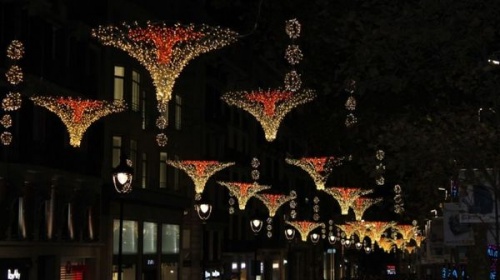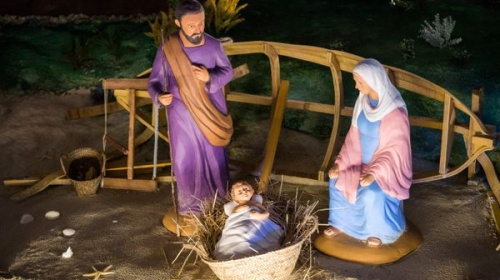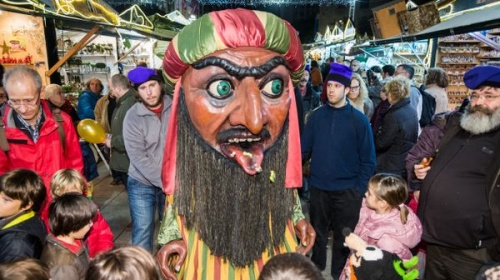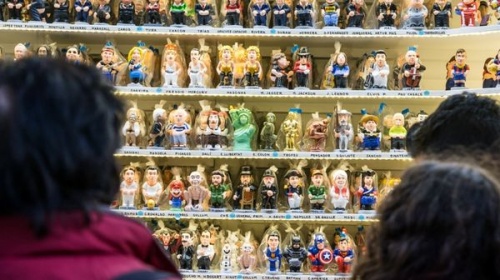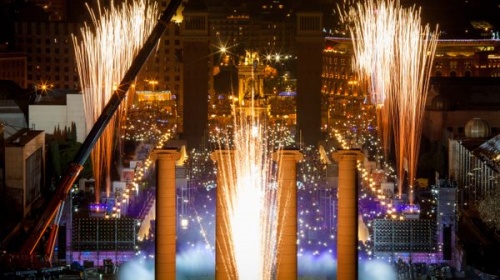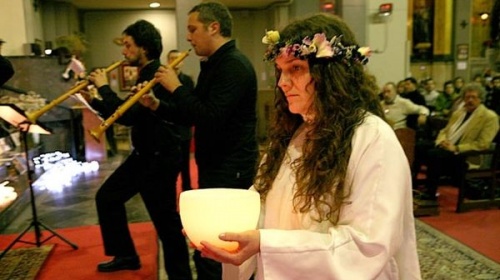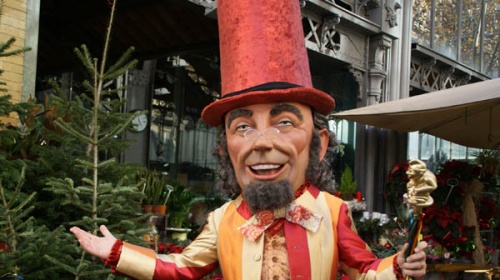Christmas cycle
Activity dates
Dates de celebració
Around Christmas, from St Nicholas's Day to Candlemas
Feast Day: Christmas Day, 25 December
Description
The Christmas cycle is a period that runs from the Feast of St Nicholas (6 December) to Candlemas (2 February), which is when the nativity scenes are taken apart. It includes a large number of celebrations and religious rituals that revolve round the birth of Christ but also maintain a lot of pagan traditions, such as fer cagar el tió (make the log "shit")
Christmas is above all a festive time, when families and friends get together, but there are some customs that vary little from one household to another: the log, the nativity scene, Christmas carols, Christmas poems, big meals and so on.
There are a lot of cultural and festive events outdoors around this time too, such as the Christmas fairs and markets, musical street processions, cavalcades, nativity plays and live nativities. The streets are illuminated with Christmas lights and a number of curious figures can be seen walking around with their retinues, such as the Carassa, the Esperit de Nadal and the Home dels Nassos.
Reason
The festivities and feast days celebrated around Christmas commemorate the birth of Jesus, the bringer of light. The Catholic Church combined this event with the winter solstice, a time when days start to become longer and nights shorter, when light triumphs over darkness and awakens the earth, which will then begin to prepare itself to bear fruit. That is the reason for the constant references to light, presents and gifts during the Christmas cycle.
Origins
The Christmas celebrations are the heirs of Roman and Iberian festivals in honour of three sun gods: Mithra, Sol and Elagabalus. These celebrations are known as Natalis Solis. The Christian tradition is linked to them because it commemorates the birth of he who is believed to have brought light to the world.
About festivities
Supplementary information
Other websites
Materials
Protocol festiu de la ciutat de Barcelona. Barcelona City Council. Institute of Culture.





